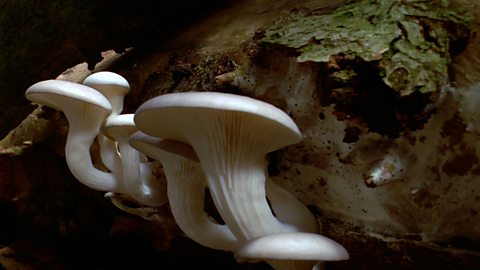Video summary
Autumn brings a host of ripening fruit and vegetables harvested by humans and wild animals alike.
This clip shows all the exciting things that happen during this season. Mice and squirrels can be seen gathering and storing nuts.
Deciduous trees lose their leaves which provide food for worms, fungi and slime molds.
Visiting birds such as swallows gather to migrate abroad, while geese arrive from cold countries to overwinter here.
As the days shorten, humans enjoy Halloween and Bonfire Night.
The weather begins to get worse and heavy rains swell rivers and cause flooding.
Frost covers the countryside and as much of the wild food runs out, some mammals begin hibernation.
This clip is from: The Great British Year
Teacher Notes
Key Stage 1 / Key Stage 2:
The class could discuss the food animals can find in a woodland in the autumn.
Children could classify animals in terms of what they eat, and how this affects their behaviour in the autumn:
Why do the animals migrate, store food or hibernate?
This clip will be relevant for teaching Science/ Geography.
This topic is suitable for KS1 and KS2 in England and Wales and in Northern Ireland. Also Early and 1st Level in Scotland.
British plants, animals and landscapes through the four seasons. video
Plant and animals respond to the changes in the seasons.
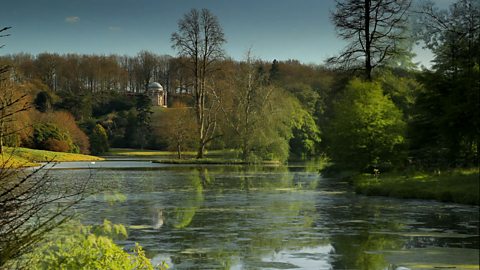
How summer weather affects the behaviour of British animals and plants. video
Wild animals find a variety of abundant summer food sources.
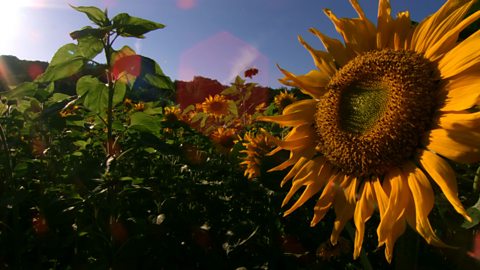
How winter weather affects the behaviour of British animals and plants. video
Winter for animals is not so much fun, and this clip looks at the work animals put in with their continuing quest for food.
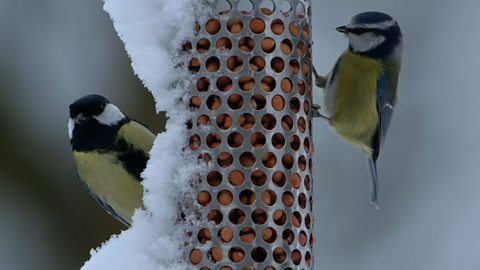
What does it take to raise a baby bird? video
Male birds sing to attract a partner and warn other birds away. Then the partner birds team up to incubate the eggs and feed the young.

How spring weather affects the behaviour of British animals and plants. video
Seasonal changes in behaviour of animals and growth cycle of plants in spring time.
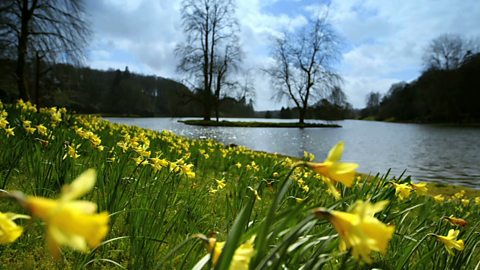
How fallen leaves are broken down by worms, fungi and slime molds. video
How leaves of broadleaf plants are broken down by earthworms, fungi and slime molds.
